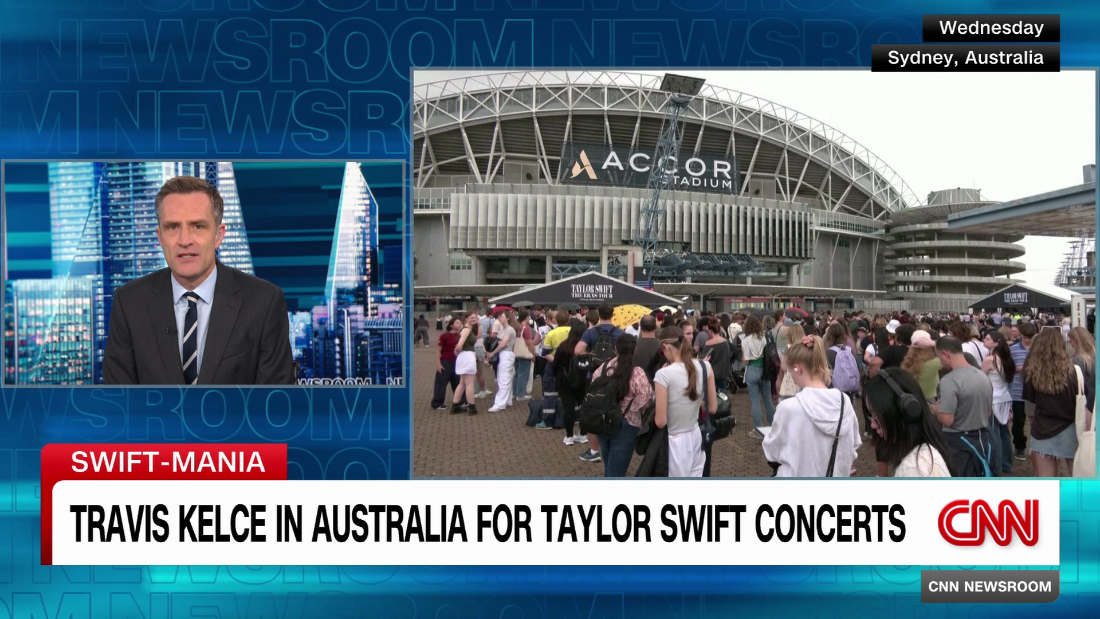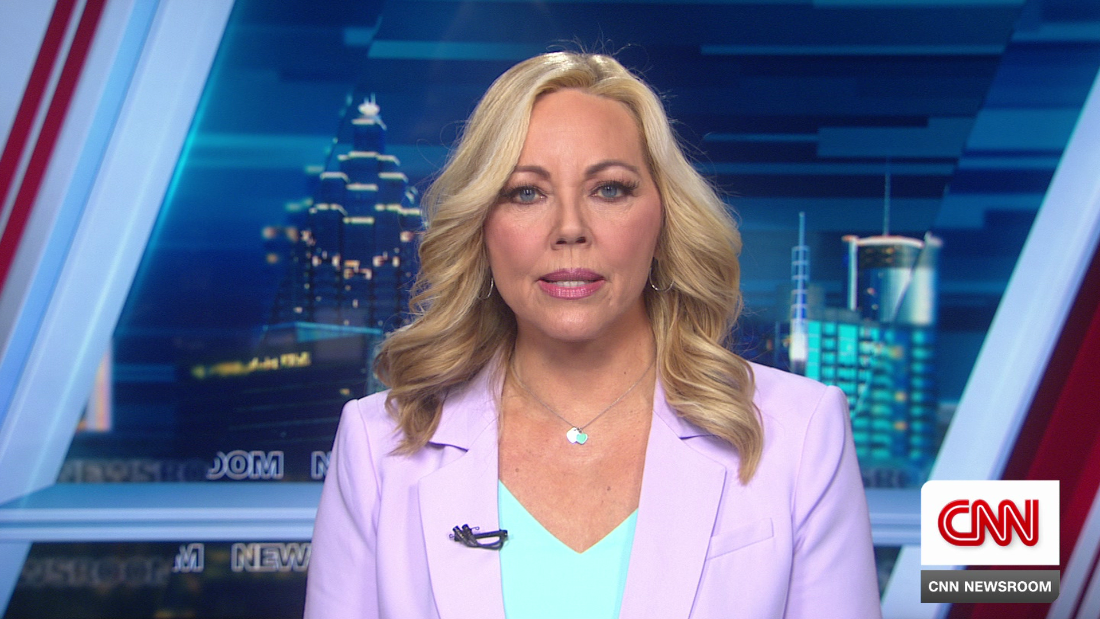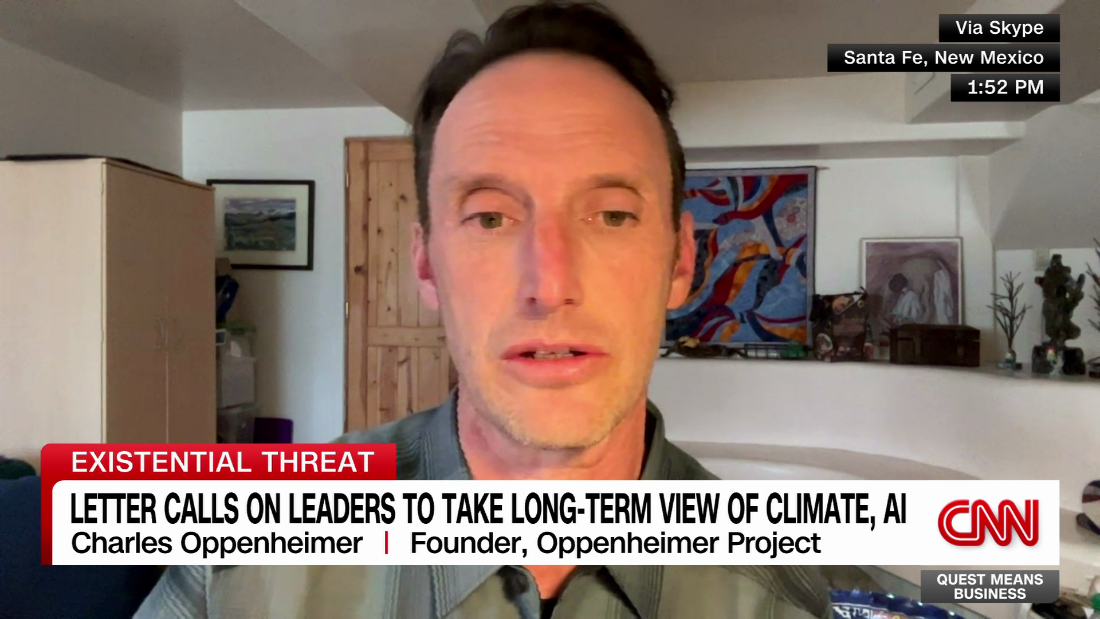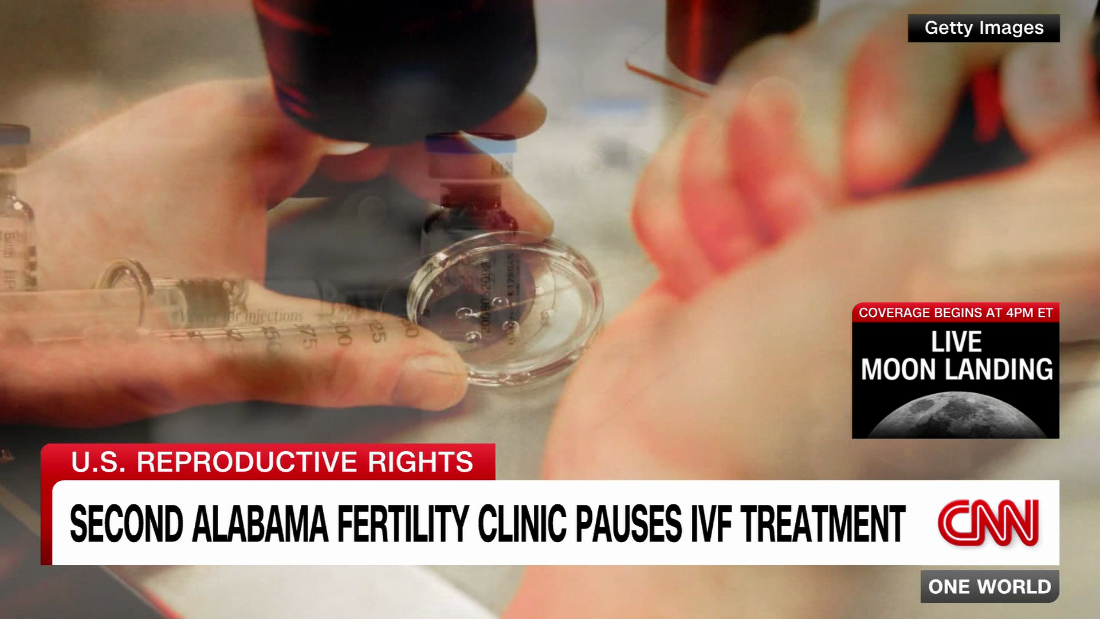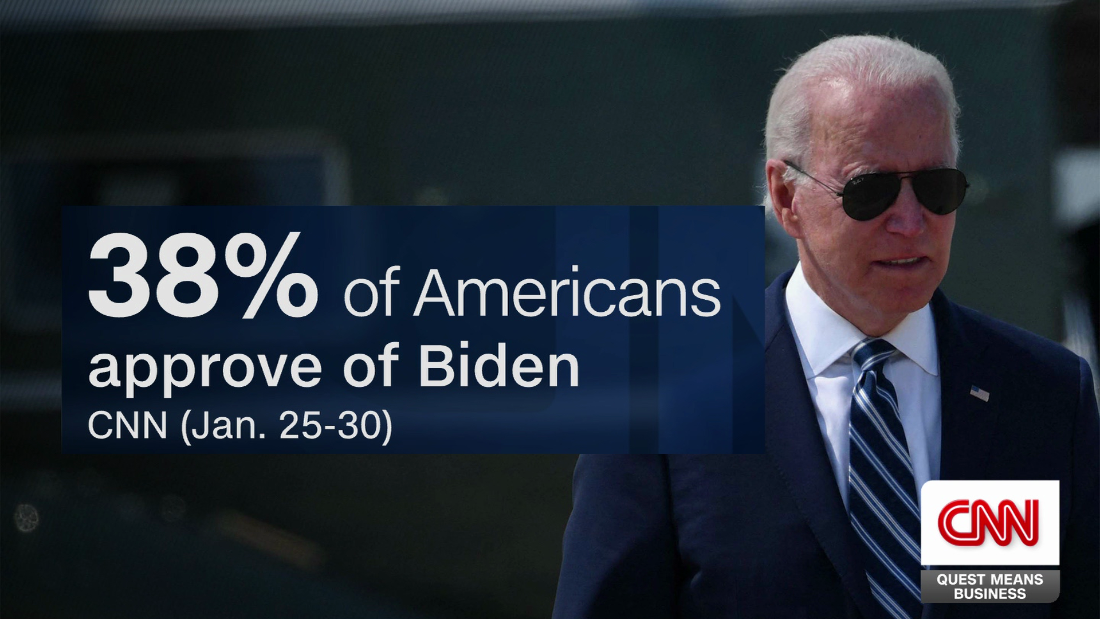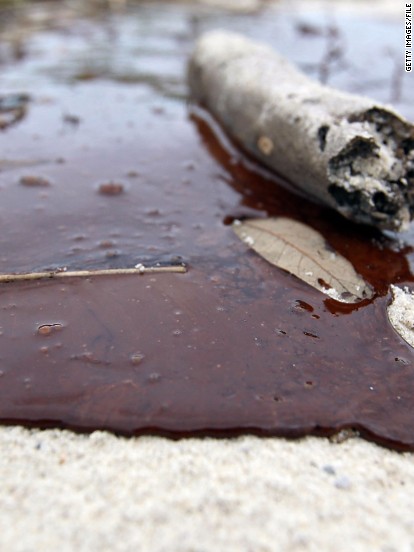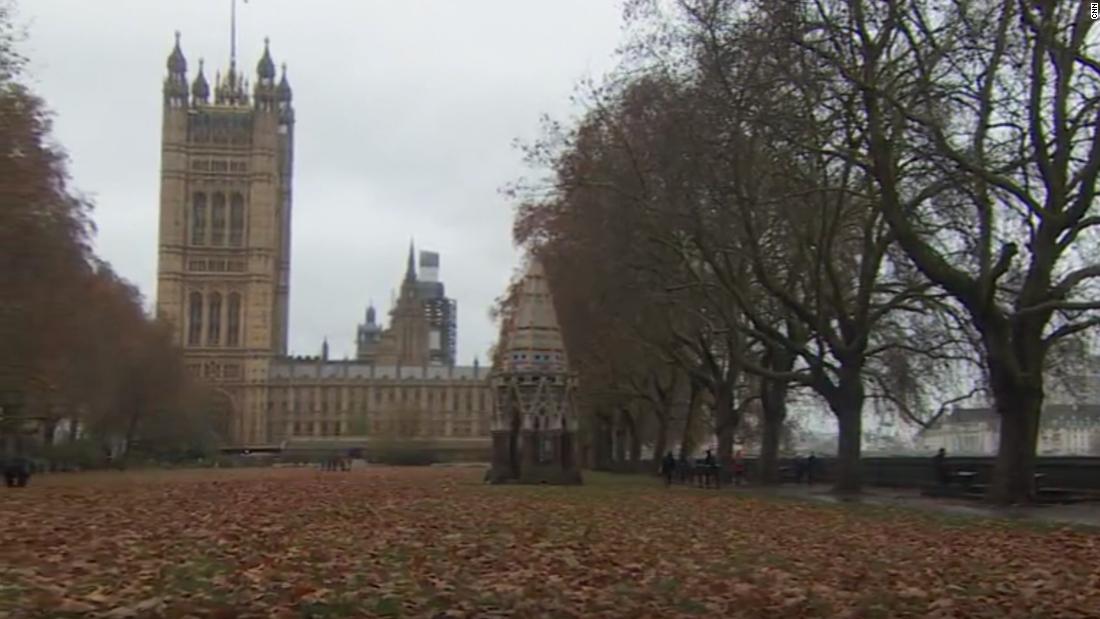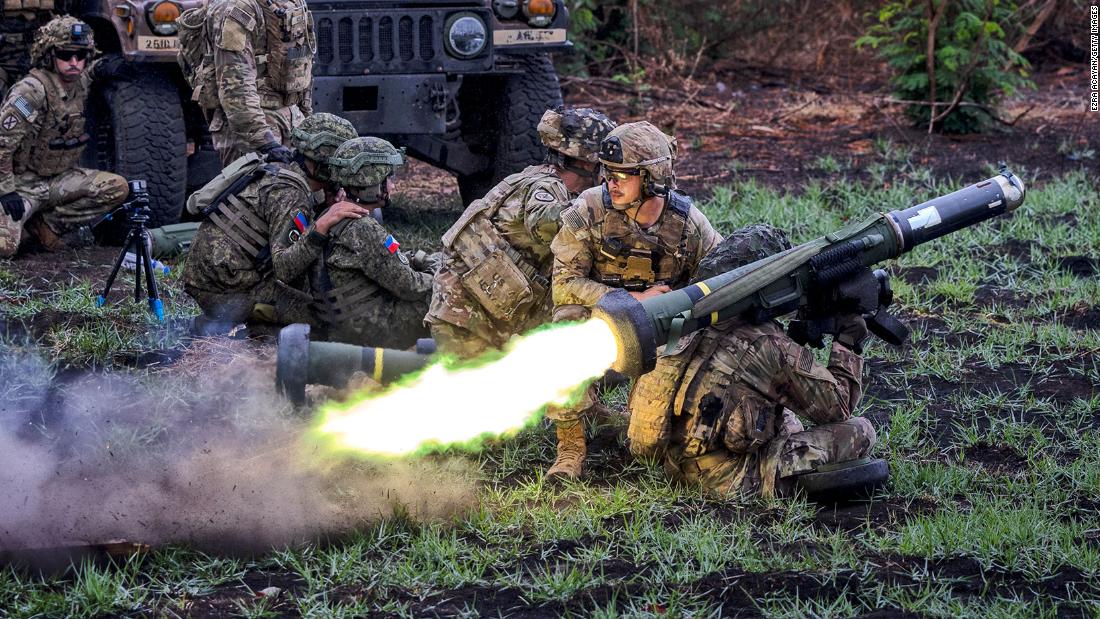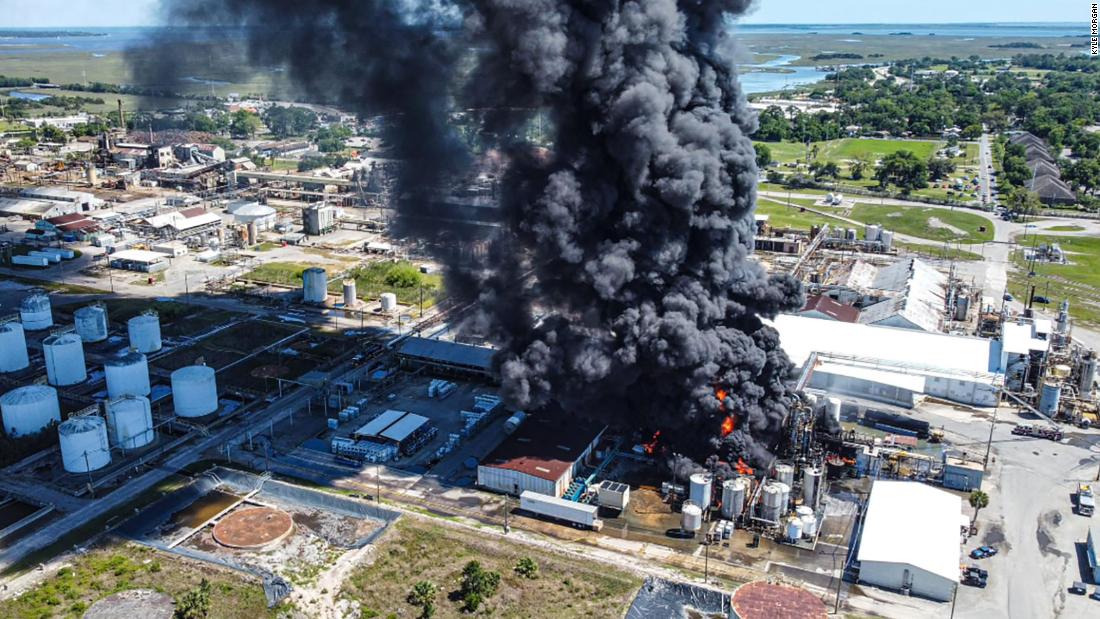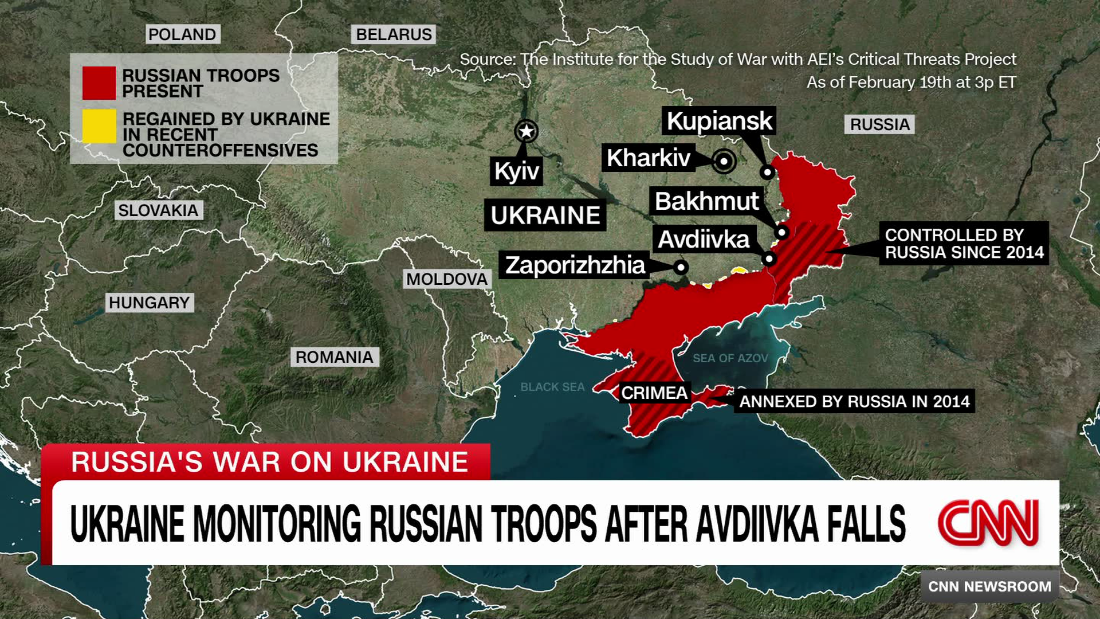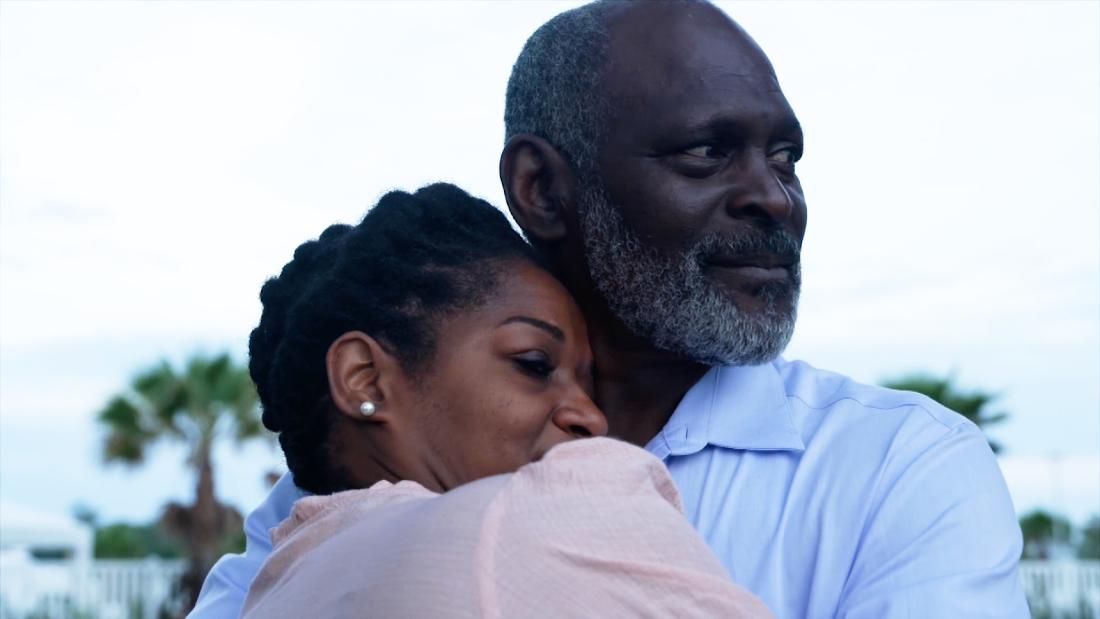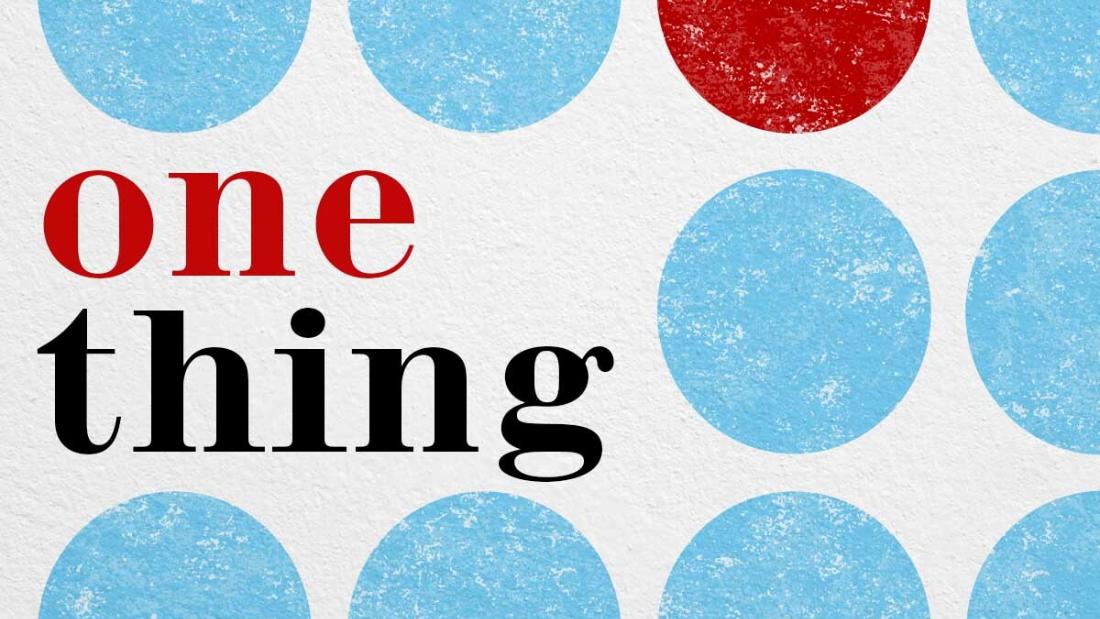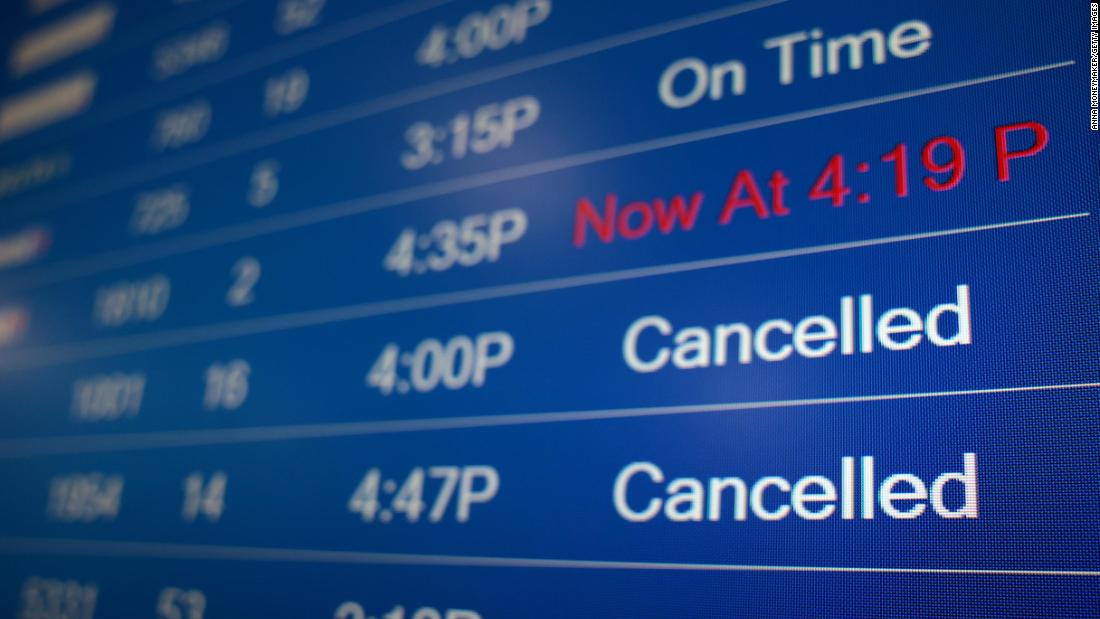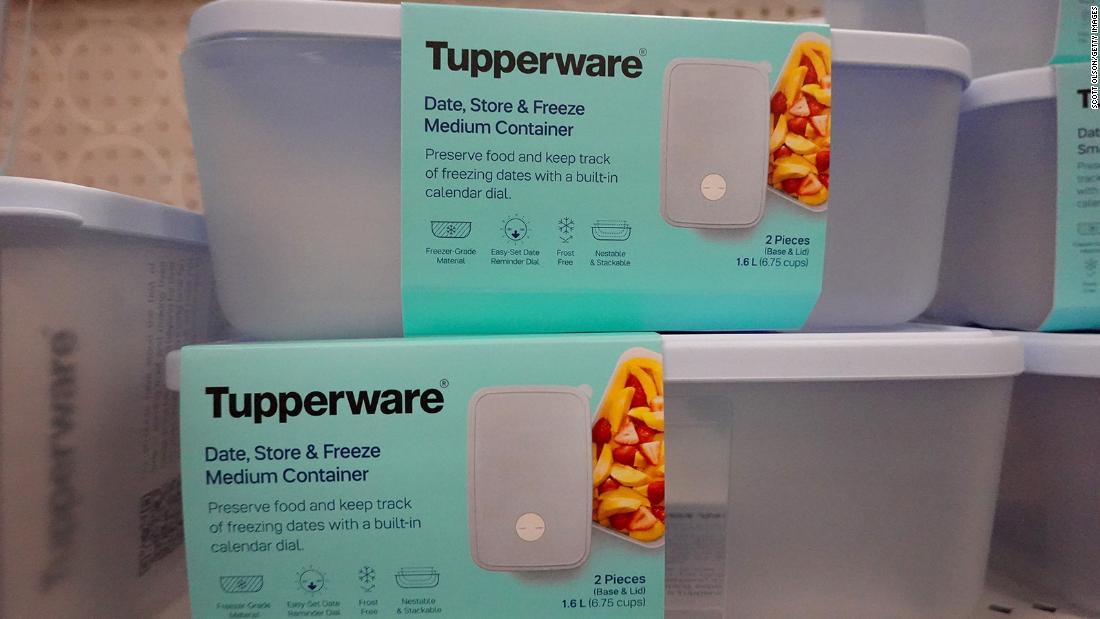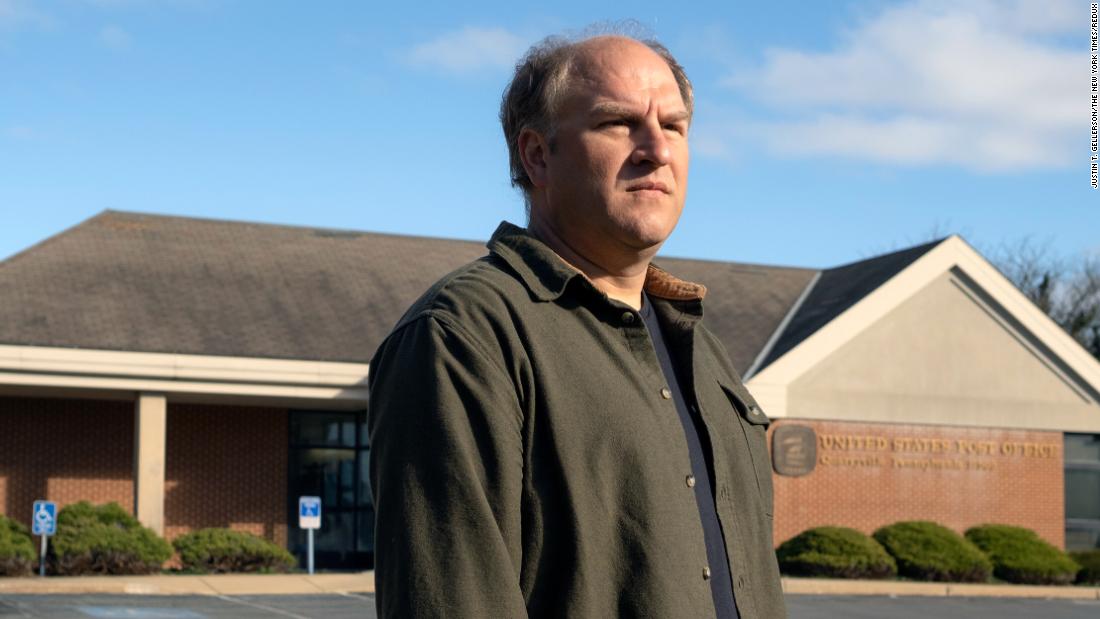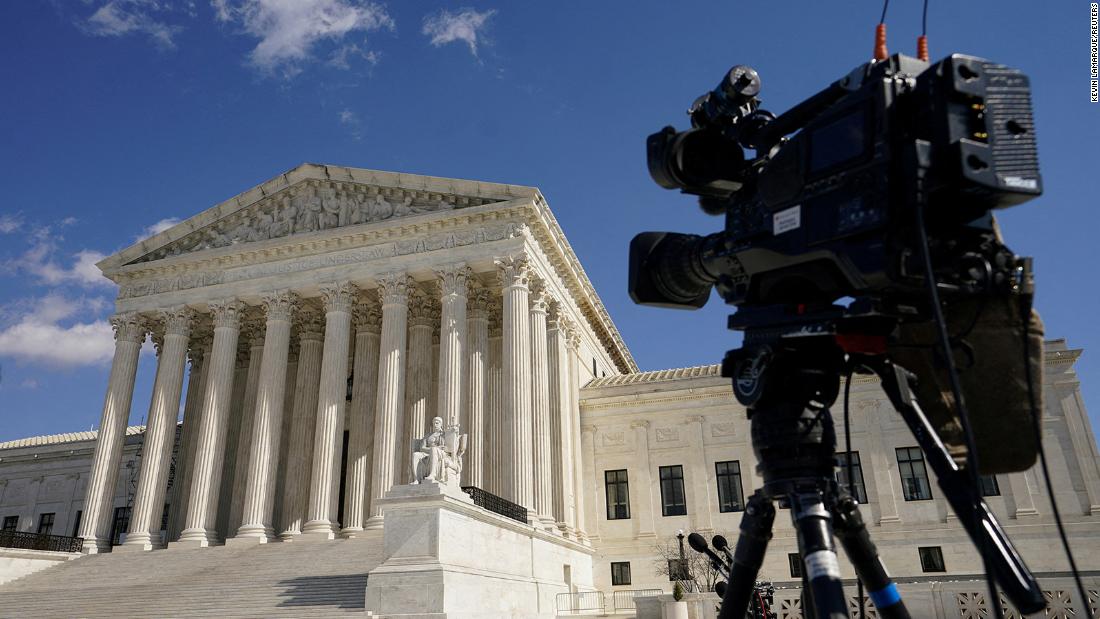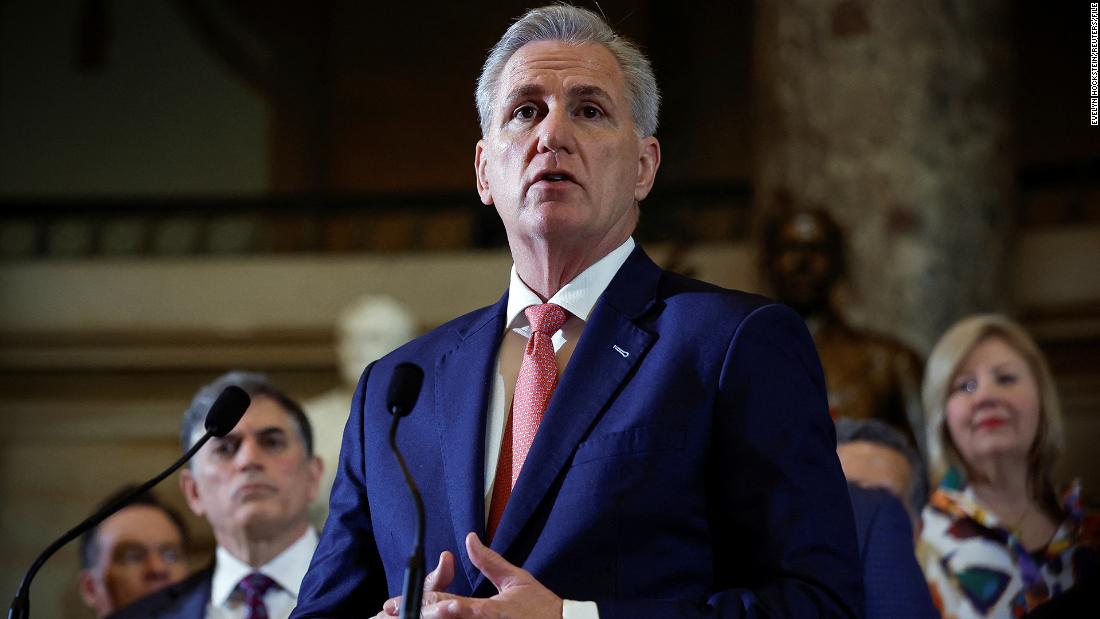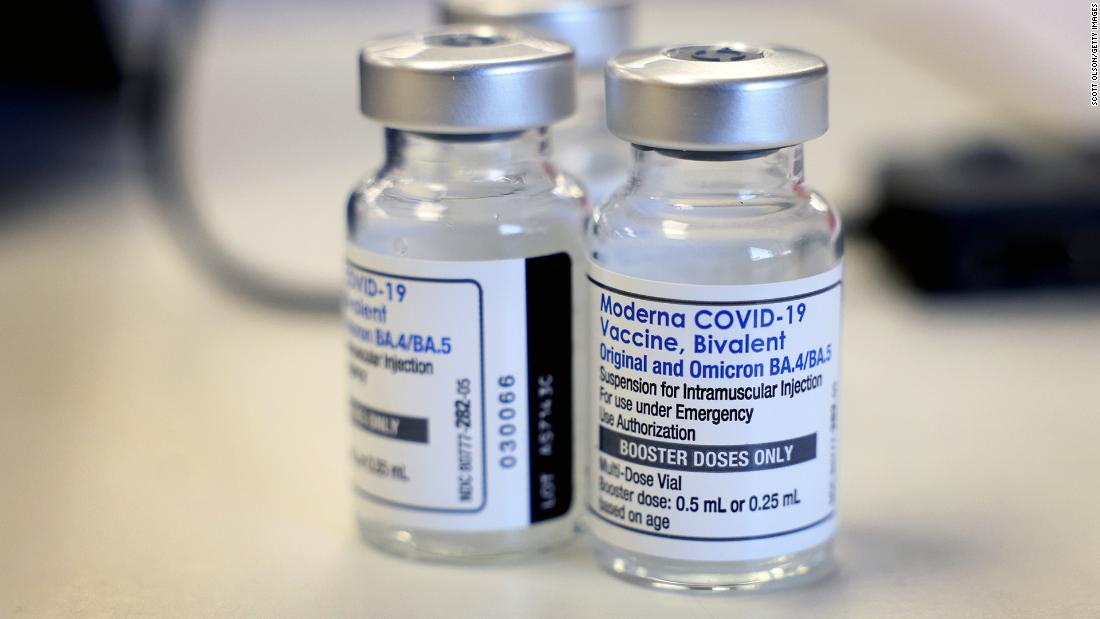DONALD Trump and Kamala Harris are neck and neck in their nail-biting race to the White House – with just seven crucial US states set to decide their fate.
Republican strongman Trump will face off against Democrat favorite Harris tomorrow and one expert told The Sun the deciding figure could come down to just 80,000 votes or less.
AFPRepublican presidential candidate Donald Trump speaks in Pennsylvania in October[/caption]
GettyDemocratic presidential nominee Vice President Kamala Harris speaks during a campaign rally in October[/caption]
The Sun’s graphic shows how many electoral college votes are in each crucial swing state – and how many the nominees would need to win
The majority of the 50 states in the US cast ballots for the same party in each election, whether it be Republican or Democratic.
But seven swing states, divided into the Sun and Rust Belts, are crucial for tipping the scales in every election and can go either way.
The Sun Belt, across the southeast and southwest, includes the states of Nevada, Arizona, North Carolina and Georgia.
Meanwhile, the northeastern Rust Belt is made up of Wisconsin, Michigan and Pennsylvania.
Of the 162 million people expected to vote, there are just over 30 million in the battleground belt states.
Only three to four per cent of these can be swayed to either side, analyst David Wasserman from the Cook Political Report has said.
Meaning about 0.3 per cent of the voting population, about a million people, are set to be the crunch factor in determining who will bag the keys to the Oval Office.
Wasserman told The Sun that it’s possible the final margin could be just 80,000 votes, after Biden’s similar win in 2020.
The swing states are home to a jackpot of 93 electoral college votes – with the winner being the candidate who bags 270 or more out of 538 total.
If both candidates win every state that history and polls indicate they should, Donald Trump will need 51 more votes to win the presidency and Kamala Harris will be 44 short.
Trump will need at least four swing states, while Harris will need at least three, to fill those gaps.
There are many ways in which the candidates can reach the 270 magic number, but some are more likely than others.
Here, we take a look at the ways Trump and Harris could become America’s next President.
HOW CAN KAMALA HARRIS WIN?
At least 226 electoral votes from 19 states and the District of Columbia are expected to go to Harris, with California holding 54, New York with 28 and Illinois at 19.
Harris must then take home at least 44 of the 93 electoral college votes from the swing states to bag 270 overall.
One route for the VP would be a win in Pennsylvania with 19 college ballots, as well as Georgia and North Carolina both with 16.
But according to a poll average by FiveThirtyEight, Harris is currently trailing Trump in all three states — North Carolina and Georgia by slightly larger margins, and Pennsylvania by a very small mark.
Either candidate would win the presidency if they won five or more swing states.
If Harris wins just three of the seven battleground states, Democrats have 11 ways to bag the required 270 votes, and if Trump wins four states, there are nine more.
Election battleground analysis with expert David Wasserman
BY Ellie Doughty, Foreign News Reporter
David Wasserman, former editor of The Cook Political Report and renowned election analyst, spoke to The Sun about this week’s race.
He said: “So we’re looking at a very, very tight finish to this race.
“A couple of weeks ago, I might have said that Trump had asserted an advantage.
“We’ve seen, this race swing towards Harris in August and September and towards Trump in October.
“This is the tightest race that we’ve seen in terms of pulling in seven swing states, that I’ve covered in my 17 years of the Cook report.
“Statistically the odds that it’ll come down to less than 10,000 votes in a pivotal state are unlikely, but the past two elections came down to fewer than 80,000 votes across three states.”
Asked if he thought this was possible again in 2024, Wasserman told The Sun: “It is.”
HOW CAN DONALD TRUMP WIN?
According to projections, Republicans will receive at least 219 electoral votes from 24 states around the country, with Texas providing 40, Florida 30, and Ohio with 17.
Trump will require at least 51 of the 93 battleground votes in order to earn 270 electoral votes.
The simplest route for him, like the Democrats, is to win North Carolina and Georgia both with 16 and Pennsylvania at 19.
According to poll monitors, Trump is currently leading in all three states.
This would give him 51 electoral votes and put the Republicans exactly 270 electoral votes away from winning the presidency.
Republicans must take at least four of the seven battleground states to win the presidency if they do not win all three of those states.
Mathematically, Republicans have 20 four-state winning combinations.
CRUCIAL PENNSYLVANIA
When Biden officially won in 2020 the swing state that called his electoral college victory was Pennsylvania on November 7 – with just an 82,000 majority out of almost seven million.
Home to 19 electoral college votes – the most of the seven main battleground states – Pennsylvania is being touted as the most crucial of them this time around.
Governor Josh Shapiro has even described it as the “swingiest of all swing counties in the swingiest of all swing states.”
At the moment Trump is holding a knife-edge margin over Harris there, with a 47.9 per cent projected to win to Harris’ 47.7 per cent, according to recent polling data by FiveThirtyEight.
Trump and Harris have visited the state some 50 times during their campaigns – even holding their September debate in its biggest city, Philadelphia.
Known as the Keystone State – both are spending crucial hours there in the final week before the election.
Polls will close in the crunch state at 8pm local time, with 19 electoral college votes awarded to the candidate who takes the most across the state.
The election hopefuls have also spent a significant amount of time in Georgia – another vital base in next week’s race.
It has 16 electoral college votes – and proved to be a crucial but nail-bitingly narrow win for Biden four years ago.
He won the state with just 11,779 votes – a 49.47 per cent majority over Trump’s 49.24.
Trump and his supporters contested Biden’s win there – leading to delays by officials ahead of the more definitive Pennsylvania declaration.
A recent poll of Georgia voters has Trump leading against Harris as he aims to make his comeback.
FiveThirtyEight has Trump sitting at 48.6 per cent, with Harris at 47.1 per cent.
AFPA man heads into a local ballot hall to cast his vote in Doylestown, Pennsylvania on October 31[/caption]
AFPTesla CEO Elon Musk speaks on stage with Trump at a rally in Pennsylvania[/caption]
AFPHarris makes her way to board Air Force Two in Wisconsin during the final week of swing state pushes[/caption]
CLOSEST CALL EVER?
In a stark departure from previous elections, where the run-up to the voting day saw people draw clear predictions, many polling experts have refused to call it early.
Quinnipiac University pollster Tim Malloy has said the race “can’t get much closer”.
FiveThirtyEight founder and renowned statistician Nate Silver dubbed it “50/50” in a previous post on Twitter.
However, in recent days, he called the odds in favour of Trump, dubbing it a “gut instinct”.
Christophe Barraud, dubbed the “world’s most accurate economist” by Bloomberg, has also predicted a Trump victory next week and a likely Republican Congress takeover.
Meanwhile, Republican strategist Matt Gorman said it’s “going to be the closest since Bush v. Gore,” which ultimately boiled down to just 537 votes in Florida.
Eventually the dispute over votes ended up in the Supreme Court – with Gorman hinting of a similar outcome this time around.
“There’s just so much more likelihood and political incentive for either side to drag this out,” he said.
And pollster Frank Luntz summed it up as a coin flip on X.
How do the US presidential elections work?
BY Ellie Doughty, Foreign News Reporter
The Democratic and Republican parties nominate their candidates with a series of votes – called state primaries and caucuses – in the run up to the election in November, held every four years.
This gives members the opportunity to choose who they want to lead the party into an election – this year, Donald Trump and following Biden’s resignation, Kamala Harris.
There are also some independent candidates running for president – arguably the most well-known was Robert F Kennedy Jr who pulled out in August and endorsed Trump.
In US elections the winner is not the candidate who gets the most votes across the country.
Instead Trump and Harris will compete to win smaller contests held in each of the 50 states.
Many of the states often vote the same way – but seven of them – Michigan, Pennsylvania, North Carolina, Georgia, Wisconsin, Nevada and Arizona – tend to go in either direction.
Each state has a number of electoral college votes – partly based on population sizes – with a total of 538 across the country up for grabs.
The winner is the candidate that gets 270 or more, marking a majority in the electoral college.
All but two of the US’ 50 states – Maine and Nebraska – have a winner-takes-all rule.
Meaning whichever candidate gets the highest number of votes wins all of the state’s electoral college votes.
In 2016 Hillary Clinton won more votes nationally than Donald Trump – but she still lost the election because of electoral college votes.
The candidate who will win this election is the one who secures 270 or more college ballots.
Usually the winner is declared on the night, but it can take days to finalise the result.
In 2020 Joe Biden wasn’t officially announced as the president-elect until November 7.
The new president will be sworn into office in January on the steps of the Capitol building in Washington DC.
SWING STATES
Arizona, another crucial swing state on the divisive and big-ticket issue of immigration, voted for Biden in 2020.
With 11 electoral college votes and over seven million people, it’s a vital swing state for Trump and Harris.
The state, which shares a border with Mexico, has also been a focal point for debates on abortion amid Trump’s plans to introduce harsher pro-life laws.
Michigan has picked a winning president-elect in the two most recent elections.
With the US’ largest proportion of Arab-Americans, it has become a focus for anti-Israel protests and backlash against Biden’s handling of the war.
Nevada was favouring Trump comfortably in earlier polls, but recent figures have him suffering after Harris replaced Biden on the Dem ticket.
Both Harris and Trump now have to win over the state’s Latino population.
North Carolina, which favoured Trump last time, has been described as a “toss-up” by some analysts ahead of the election.
He only won it by 70,000 votes – sparking hopes by the Harris campaign that it’s within reach for them.
Wisconsin picked both winning hopefuls in 2020 and 2016 – but by just over 20,000 votes each time.
Trump has said of the state: “If we win Wisconsin, we win the whole thing.”



















